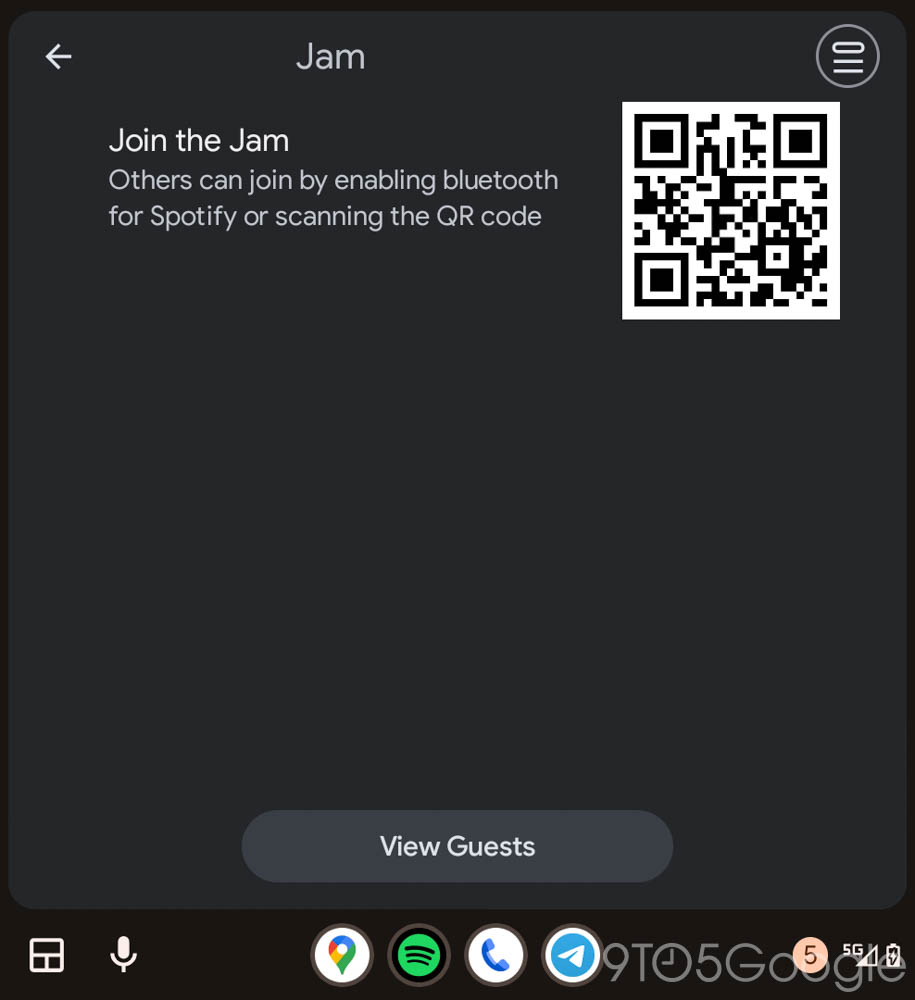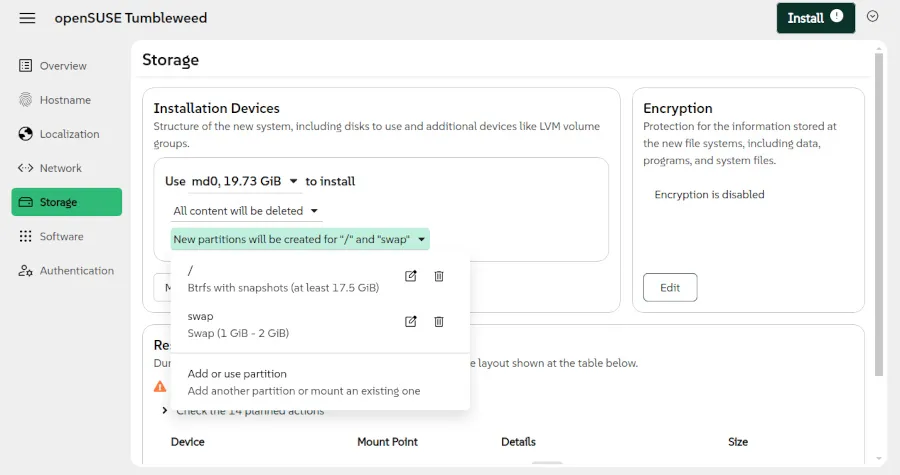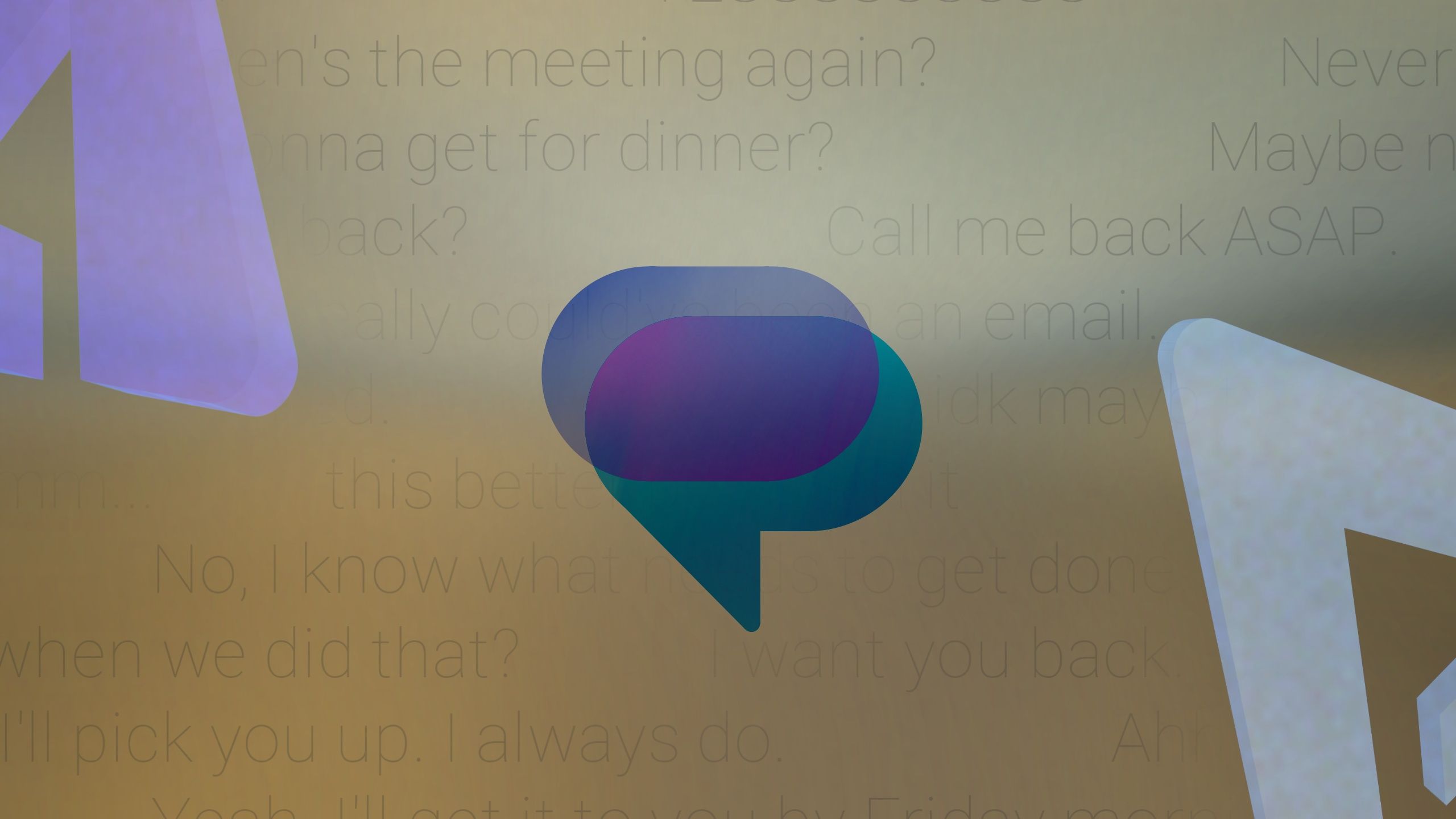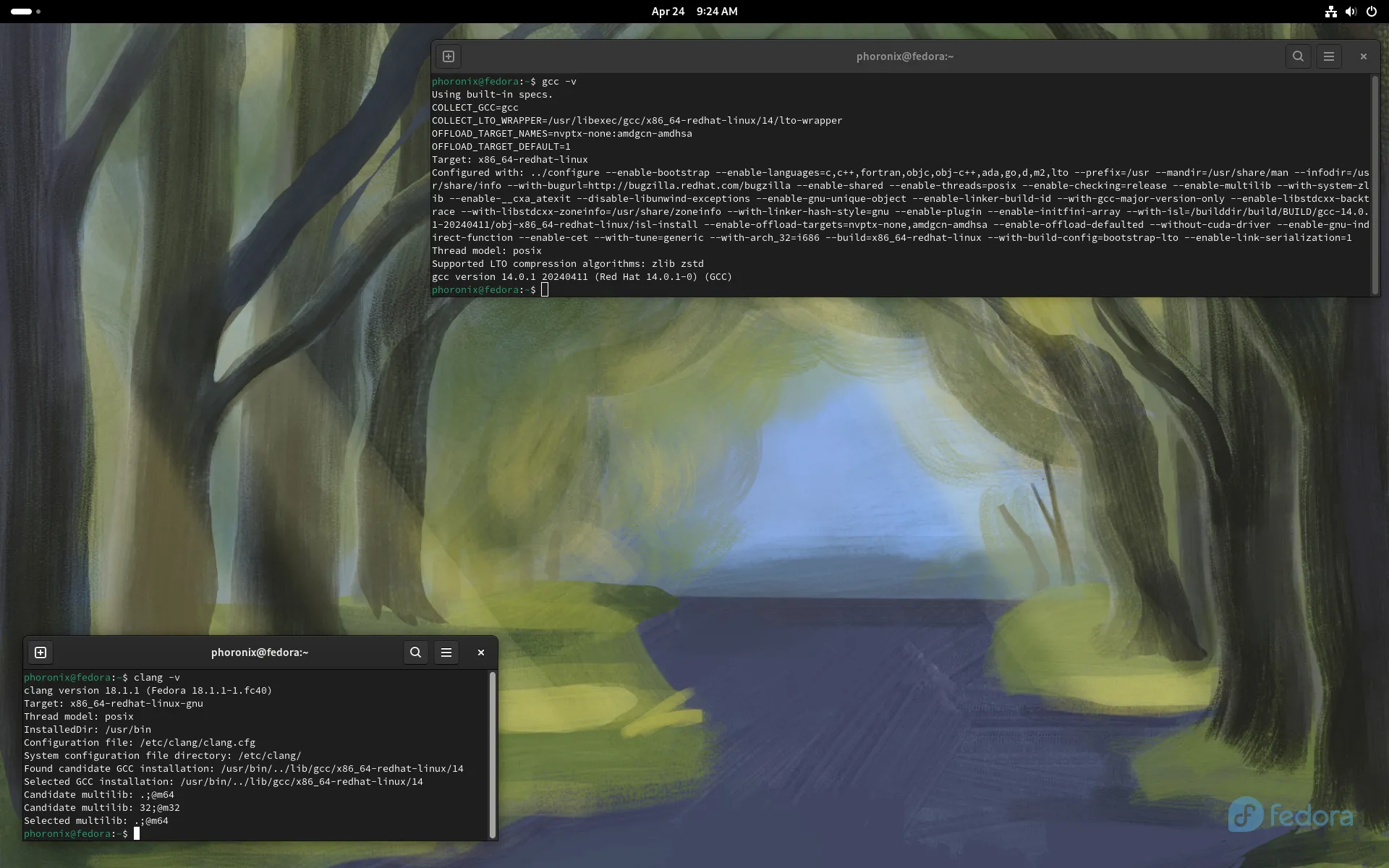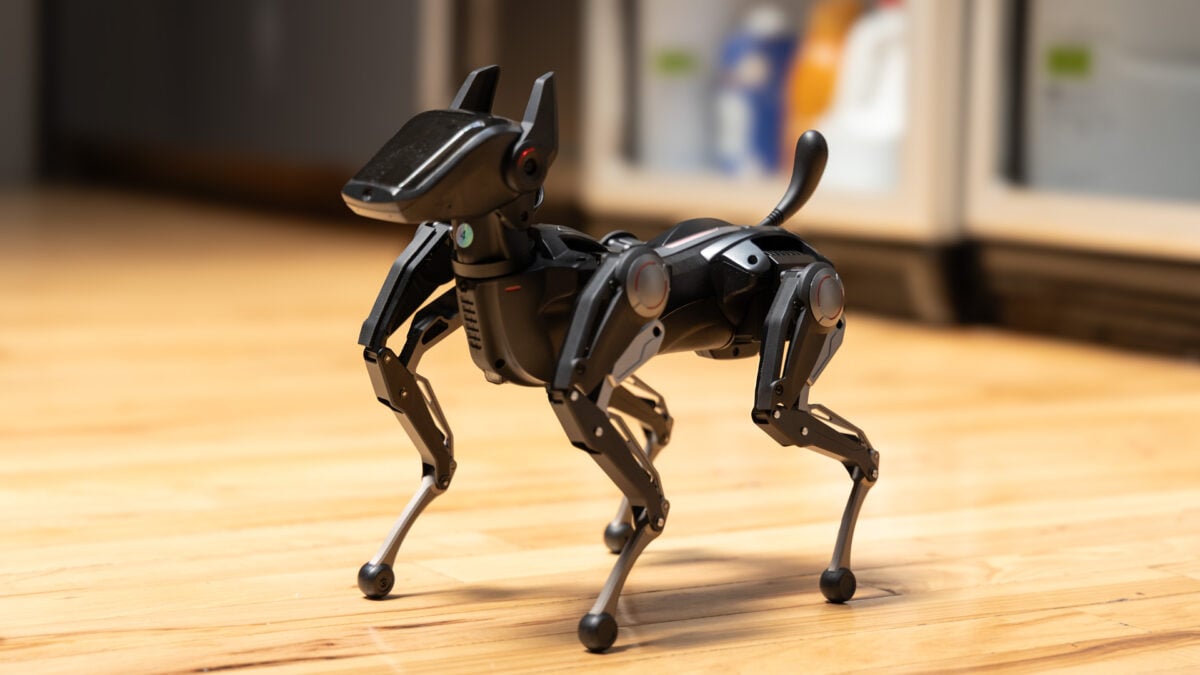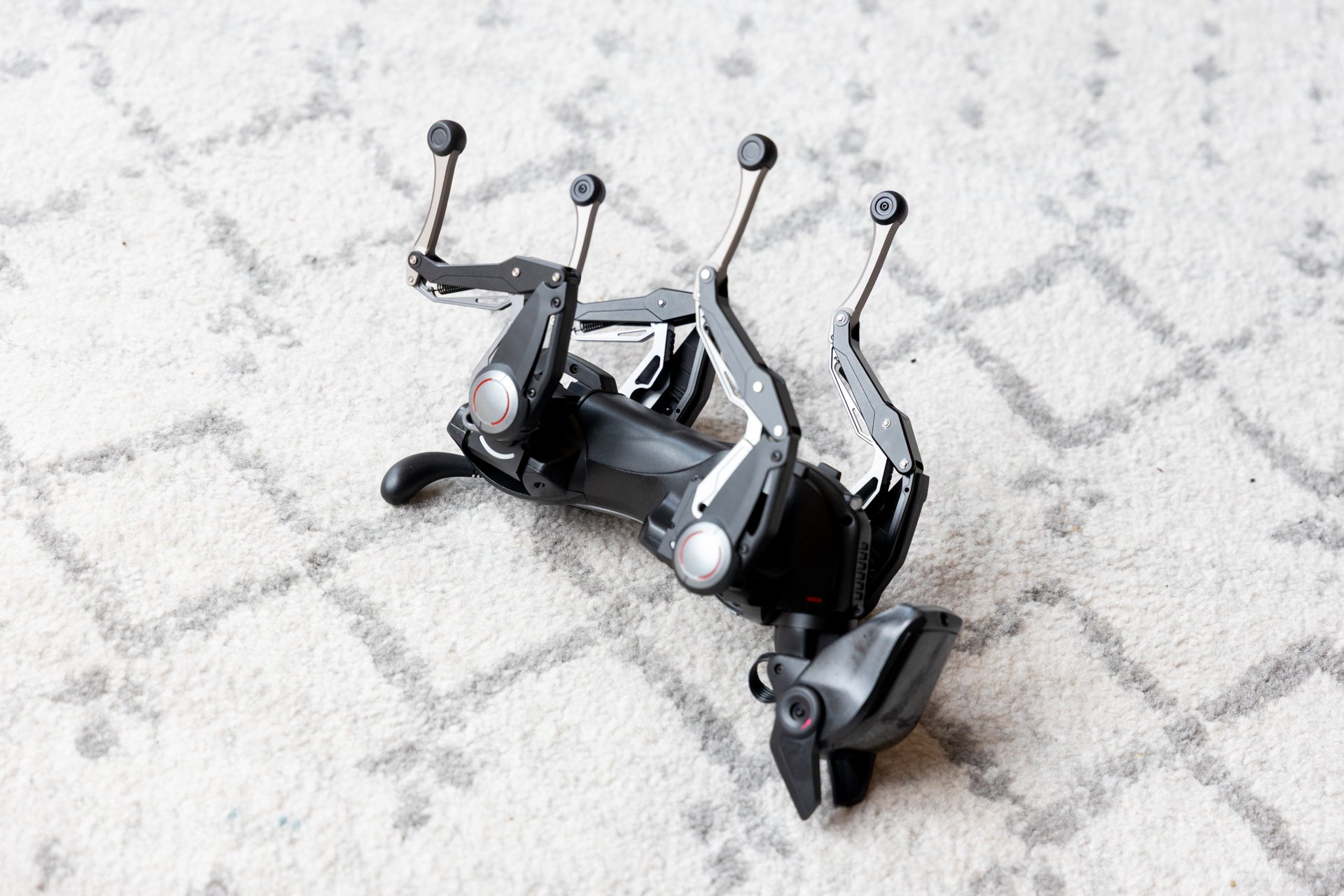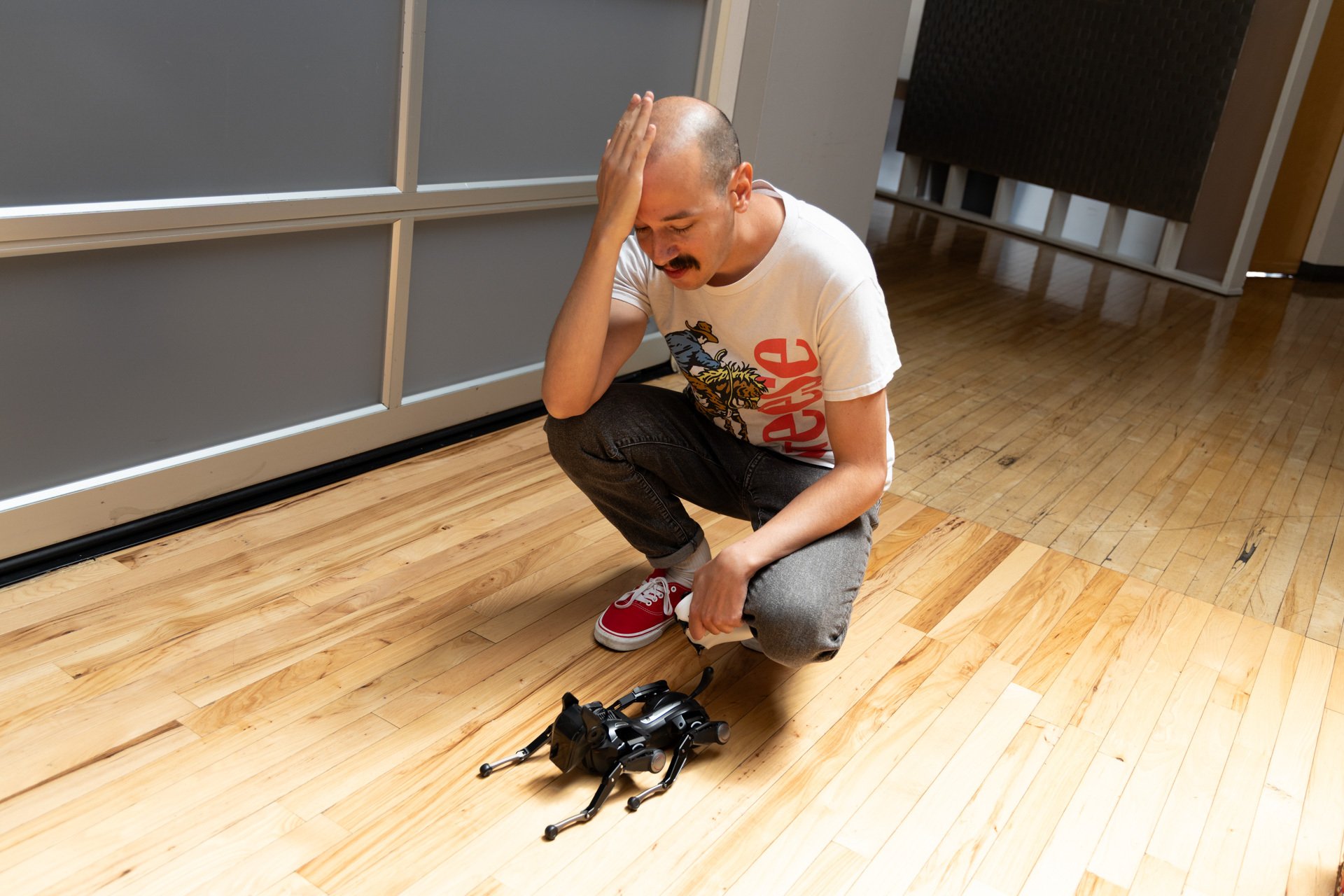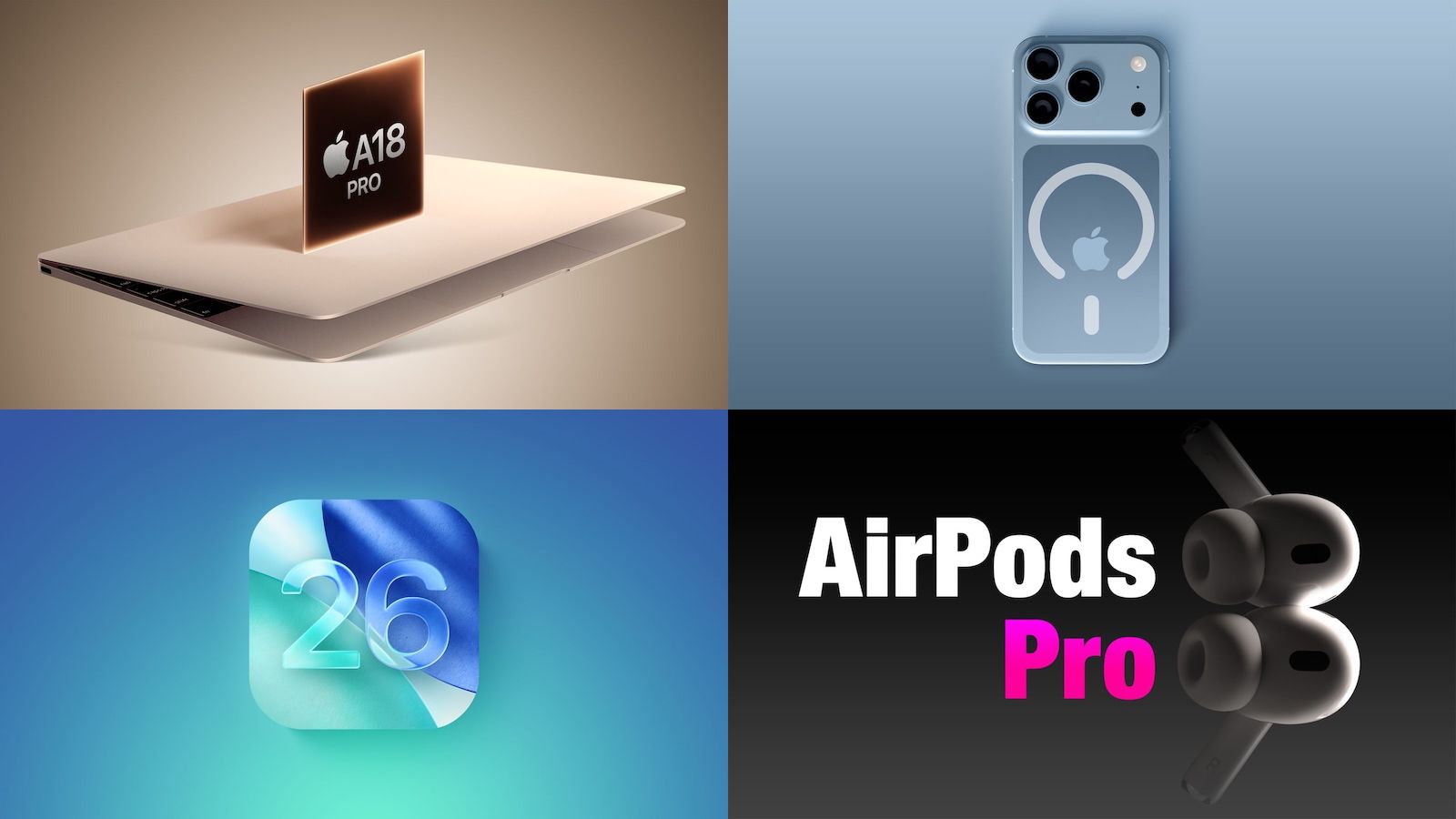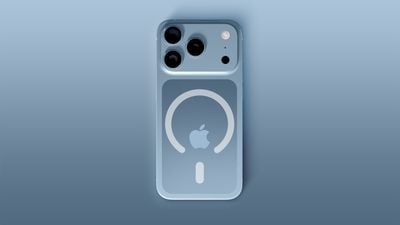There’s a reason Apple gear is so in demand. After reviewing nearly every major device out there, our current favorite laptop, smartwatch, tablet and smartphone are all made by Apple. The only problem is, Apple gear isn’t cheap. So it’s sometimes wise to wait for an event like Amazon’s Prime Day before you buy. This guide rounds up the best Prime Day Apple Deals we could find so far, including some of the lowest prices of the year on iPads, Apple Watches, AirPods and MacBooks. We’ve also linked to our reviews and buying guides so you can make the most informed purchases possible.
Best Prime Day Apple Watch deals
Apple Watch SE for $169 (32 percent off): Those on tight budgets can opt for the Apple Watch SE and know they’re getting the core Apple wearable experience with few compromises. We consider it to be the best smartwatch for newbies.
Best Prime Day iPad deals

Apple iPad Pro (11-inch, M4) for $899 ($100 off): We named the iPad Pro the best tablet money can buy. The screen is one of the best we’ve seen and Apple somehow managed to make the Pro model lighter than Air models. If you plan on handling heavy productivity — video rendering and editing, machine learning apps and the like, this is the way to go.
Apple iPad Pro (13-inch, M4) for $1,099 ($200 off): The larger iPad pro is the ultimate laptop replacer. The M4 chip is faster than many computers out there but the thin and light design makes it super portable. The battery life will last through a whole day of work and more (we clocked over 10 hours of use in our review) and the screen is brilliant. Our only real complaint is the price, and this Prime Day helps at least a little.
Apple iPad Mini (A17 Pro) for $399 ($100 off): Apple’s smallest iPad earned an 83 review score from us when it came out late last year. Despite its compact size, it’s still a fully-featured iPad, with support for accessories and a laminated, anti-reflective screen. It’s not a laptop-replacer, but rather the perfect couch companion, handling games, video, web browsing and email triage.
Best Prime Day MacBook deals

MacBook Air (M4, 15-inch) for $1,049 ($150 off): If you want a little more screen real estate, go for the 15-inch Air. Devindra found the screen more immersive than the smaller model, and only slightly less portable. The slightly larger battery gave it a few more minutes of life. Whichever size you go for, the MacBook Air will be able to handle all but the most demanding rendering tasks without breaking a sweat.
MacBook Air (15-inch, M3, 24GB RAM) for $1,249 ($450 off): This higher-specced version of the M3 MacBook Air from last year has a 15-inch screen and a little extra internal memory. We gave the 15-inch model a score of 90 in our review when it came out in early 2024. Outside of its older M3 chip (which is still plenty fast for everyday use), marginally improved camera and inability to power two external displays with the lid open, this MacBook is virtually identical to the M4 version.
Best Prime Day AirPod deals

AirPods Max (USB-C) for $480 ($69 off): Apple’s only over-ear headphones are due for an update. The company outfitted the AirPods Max with a USB-C port late last year, but the internals haven’t had an overhaul since 2020. Still, we named them the best (and only) over-earn AirPods. They are comfortable and relatively lightweight, have a balanced sound and the noise cancellation is solid.
Best Prime Day deals on Apple accessories

Apple Pencil Pro for $99 ($30 off): Apple announced the Pro version of its pencil at the same time as the iPad Pro with the M4 chip. It adds haptic feedback, squeeze gestures and roll capabilities to the usual stylus tricks. It works with the newest iPad Pro, Air and Mini models.





![Android Auto gets a redesigned Spotify app [Gallery]](https://afnnews.qaasid.com/wp-content/uploads/2025/07/1751722575_android-auto-dashboard-4.jpg)

